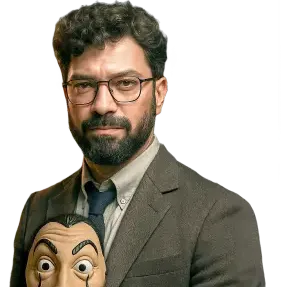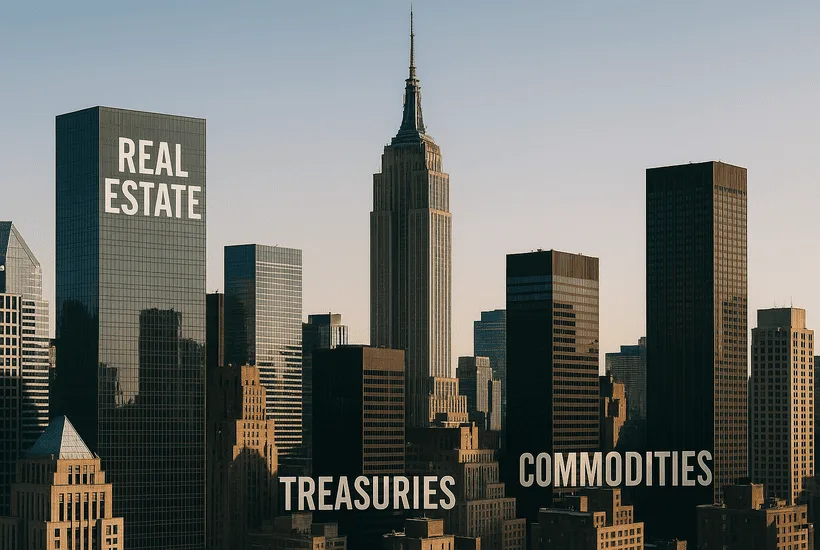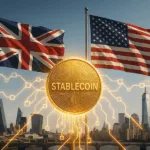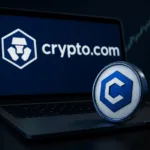As blockchain technology continues to evolve beyond the realm of cryptocurrencies, a new financial frontier is rapidly gaining ground: real-world asset tokenization. Once a niche concept confined to early-stage DeFi protocols, tokenizing tangible assets such as real estate, treasuries, and private credit is now becoming a mainstream initiative. This is driven not only by tech innovation but also by growing institutional demand making it a vibrant, expanding market that could soon redefine global investing.
Real-world asset (RWA) tokenization refers to the process of representing physical or off-chain assets such as buildings, bonds, commodities, or invoices on the blockchain as digital tokens. These tokens serve as proof of ownership or access rights to the underlying asset, allowing them to be traded, transferred, and held just like any cryptocurrency. Unlike speculative tokens with no intrinsic value, RWAs are tied to income-producing or equity-bearing instruments in the real economy, making them particularly attractive in the current macro environment.
Blockchain meets traditional markets
Newsletter
Get weekly updates on the newest crypto stories, case studies and tips right in your mailbox.
What was once considered a futuristic model for decentralized finance is now a key area of experimentation for some of the world’s largest financial institutions. BlackRock, the $10 trillion asset manager, has positioned itself at the forefront of this shift. Earlier this year, the firm launched its first tokenized asset fund on Ethereum, offering exposure to short-term U.S. Treasuries through a blockchain-native format. The move reflects a strategic shift toward digital infrastructure, with CEO Larry Fink calling tokenization “the next generation for markets.”
Franklin Templeton, another heavyweight in the asset management space, has also fully embraced blockchain’s potential. Its U.S. Government Money Fund, one of the first to be launched on public blockchain rails, is now available to retail and institutional investors via tokenized shares issued on both Stellar and Polygon networks. This marks a pivotal step in making traditional money market instruments available in blockchain environments, with real-time settlement and reduced fees.
Institutional momentum accelerates
These initiatives are not isolated cases. JPMorgan, Citi, HSBC, and WisdomTree have all entered the tokenization space with pilot projects ranging from tokenized repos to digital bonds. Their goals are similar: to improve settlement times, enhance transparency, and ultimately, open up financial markets to a much broader class of participants. Through tokenization, a commercial property in London or a U.S. Treasury bill can be fractionalized into thousands of digital units and accessed by investors around the globe.
What makes this trend particularly revolutionary is its potential to democratize finance. In traditional markets, participation in high-value assets like commercial real estate, fine art, or private equity is often reserved for institutional players or accredited investors.
Tokenization breaks that barrier by offering fractional ownership,allowing individuals to invest in once-inaccessible asset classes with as little as $100. This opens the door for financial inclusion on a global scale, from underserved regions in Latin America to emerging markets in Africa and Asia.
DeFi protocols join the movement
The decentralized finance sector, long focused on crypto-native assets, is now pivoting toward RWAs to bridge the volatility gap and offer more stable returns. Protocols like MakerDAO, Centrifuge, Ondo Finance, and Goldfinch have integrated real-world assets into their smart contract ecosystems. These platforms allow businesses to tokenize invoices, property loans, or fixed-income products and use them as collateral for borrowing or liquidity provision. The results have been promising. MakerDAO alone has allocated hundreds of millions in DAI stablecoins toward U.S. Treasury-backed vaults, giving DeFi users on-chain access to real-world yield.
Regulators are also taking notice. Countries like Singapore, Hong Kong, and Switzerland have established digital asset sandboxes to test tokenized bond offerings and securities issuance. The Hong Kong Monetary Authority recently completed a successful tokenized green bond sale worth $100 million, signaling institutional readiness. In the U.S., policymakers are still navigating the complexities of digital asset legislation, but multiple bills are in circulation that aim to clarify the status of tokenized securities and allow regulated digital custodians to operate with full legal backing.
Regulatory path and legal challenges
Still, the road ahead comes with challenges. Legal enforceability remains a critical concern: a token on a blockchain must correspond to a real, enforceable right in the physical world. Questions around custody, jurisdiction, and valuation standards are ongoing, and there is a need for interoperability between legacy systems and blockchain protocols. Moreover, many institutional efforts rely on permissioned blockchains or centralized control mechanisms, raising concerns among crypto purists about the erosion of decentralization.
Despite these issues, momentum is clearly in favor of tokenization. According to recent projections from Boston Consulting Group and 21.co, the tokenized asset market could reach between $16 trillion and $20 trillion by 2030. That includes tokenized securities, commodities, collectibles, and even carbon credits. As infrastructure improves and legal frameworks solidify, tokenized products are expected to flow seamlessly between exchanges, wallets, and institutions, forming a fully digitized financial ecosystem.













